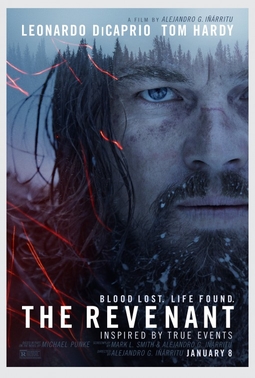A blog formerly known as Bookishness / By Charles Matthews
"Dazzled by so many and such marvelous inventions, the people of Macondo ... became indignant over the living images that the prosperous merchant Bruno Crespi projected in the theater with the lion-head ticket windows, for a character who had died and was buried in one film and for whose misfortune tears had been shed would reappear alive and transformed into an Arab in the next one. The audience, who had paid two cents apiece to share the difficulties of the actors, would not tolerate that outlandish fraud and they broke up the seats. The mayor, at the urging of Bruno Crespi, explained in a proclamation that the cinema was a machine of illusions that did not merit the emotional outbursts of the audience. With that discouraging explanation many ... decided not to return to the movies, considering that they already had too many troubles of their own to weep over the acted-out misfortunes of imaginary beings."--Gabriel García Márquez, One Hundred Years of Solitude
Thursday, November 17, 2016
The Revenant (Alejandro González Iñárritu, 2015)
I have suggested before, in my comments on Birdman (2014), Babel (2006), and 21 Grams (2003), that in Alejandro G. Iñárritu's films there seems to be less than meets the eye, but what meets the eye, especially when Emmanuel Lubezki is the cinematographer, as he is in The Revenant, is spectacular. The Revenant had a notoriously difficult shoot, owing to the fact that it takes place almost entirely outdoors during harsh weather, and it went wildly over-budget. Leonardo DiCaprio underwent significant hardships in his performance as Hugh Glass, the historical fur trader who became a legend for his story of surviving alone in the wilderness after being mauled by a grizzly bear. In the end, it was a major hit, more than making back its costs and getting strong critical support and 12 Oscar nominations, of which it won three -- for DiCaprio, Lubezki, and Iñárritu. I won't deny that it's an impressive accomplishment, and probably the best of the four Iñárritu films I've seen. It's full of tension and surprises, and fine performances by DiCaprio; Tom Hardy as John Fitzgerald, the man who leaves Glass to die in the wilderness; and the ubiquitous Domhnall Gleeson as Andrew Henry, the captain of the fur-trapping expedition who aids Glass in his final pursuit of Fitzgerald. Lubezki's cinematography, filled with awe-inspiring scenery and making good use of Iñárritu's characteristic long tracking takes, fully deserves his third Academy Award, making him one of the most honored people in his field. The visual effects blend seamlessly into the action, especially in the harrowing grizzly attack. And yet I have something of a feeling of overkill about the film, which seems to me an expensive and overlavish treatment of a tale of survival and revenge -- great and familiar themes that have here been overlaid with the best that today's money can buy. The film concentrates on Glass's suffering at the expense of giving us insight into his character. It substitutes platitudes -- "Revenge is in God's hands" -- for wisdom. And what wisdom it ventures upon, like Glass's native American wife's saying, "The wind cannot defeat the tree with strong roots," is undercut by the absence of characterization: What, exactly, are Glass's roots?
Links:
Alejandro González Iñárritu,
Domhnall Gleeson,
Emmanuel Lubezki,
Leonardo DiCaprio,
The Revenant,
Tom Hardy
Subscribe to:
Posts (Atom)
